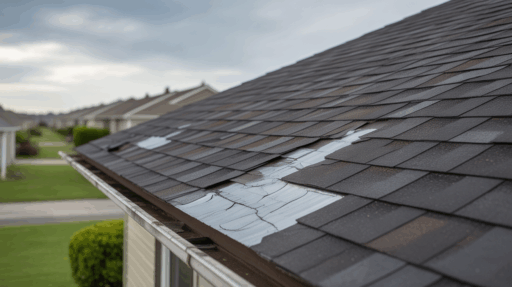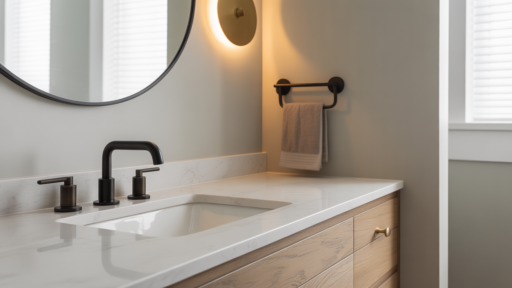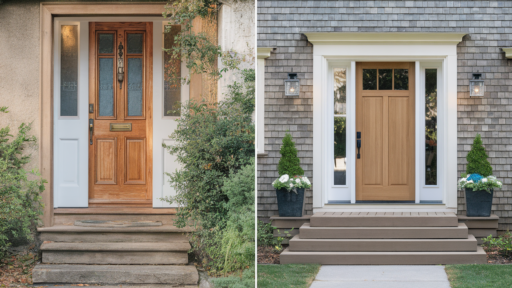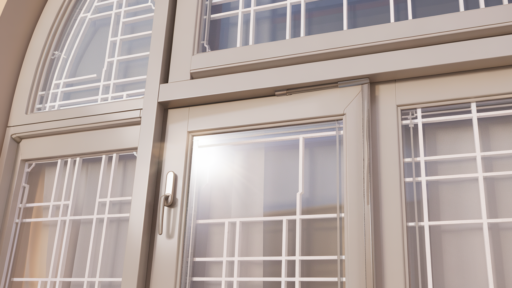Your roof does a lot more than just sit on top of your house – it protects everything underneath it. From harsh weather to changing temperatures, your roof takes a daily beating.
Over time, this can lead to damage, even if you don’t notice it right away. I’ve learned that small roofing issues can grow into big, expensive problems if they’re not spotted early.
That’s why it’s so important to know what signs to watch for. In this blog, we’ll look at some of the most common roofing problems homeowners face
I’ll go over what causes them, how to spot the warning signs, and what you can do to fix or prevent them.
If you’re dealing with leaks, missing shingles, or poor ventilation, this guide will help you stay ahead of the damage and keep your roof in strong shape for years to come.
How to Identify Roofing Problems Before They Get Worse
Most roofing problems start small, like a missing shingle or a faint ceiling stain. These issues may seem minor, but they can point to bigger trouble underneath.
I’ve found that catching them early makes a huge difference in avoiding costly repairs. Watch for these early warning signs to protect your roof and home.
- Ceiling stains or watermarks: May indicate a slow leak or flashing failure.
- Cracked, curling, or missing shingles: A common sign of weathering or poor installation.
- Granules in the gutters: A sign that your shingles are breaking down.
- A sagging roofline: It often points to structural weakness or moisture issues.
- Mold or mildew in the attic: Can result from poor ventilation or trapped moisture.
- Rising energy bills: Poor insulation or roof leaks may be the cause.
Common Roofing Issues to Look Out For
If you’re anything like me, you’ve probably ignored a minor roof issue thinking it’s no big deal, until it is. So let’s break down some of the most common roofing problems and what causes them.
1. Age and Wear Over Time
Roofs naturally wear down as the years pass, regardless of how high-quality the materials are. Constant exposure to sun, rain, wind, and snow gradually breaks them down.
Shingles can start curling, cracking, or shedding granules, while metal roofing might show signs of corrosion or fading. You may begin to notice early warning signs like minor leaks, soft or sagging spots, or even moss growth.
Regular roof inspections are essential to spot these age-related issues early and prevent more serious damage.
Shingle Deterioration
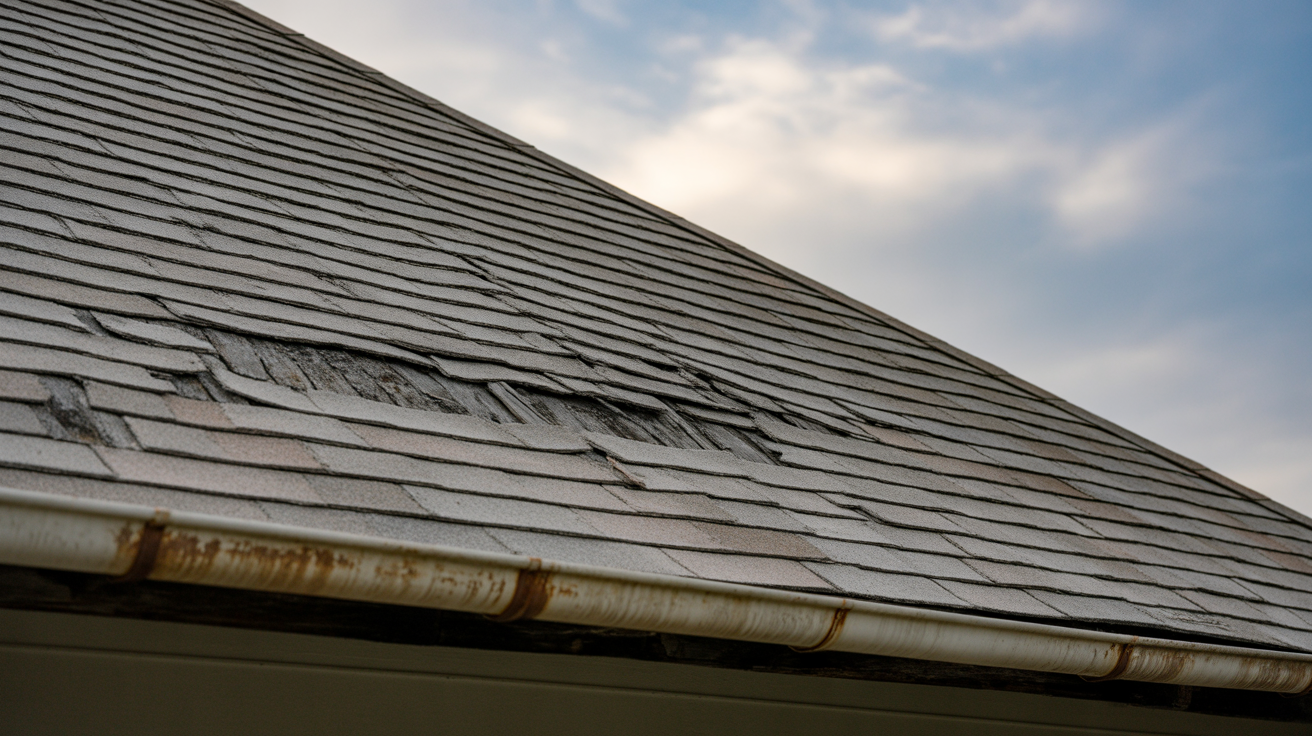
Shingles protect your roof’s underlayers from water and UV damage. Over time, they can crack, curl, blister, or go missing entirely.
This is especially common on older roofs that have been exposed to years of sun, wind, and rain.
Damaged shingles create entry points for water, which can seep into your home and cause rot, mold, or insulation issues.
Granule Loss
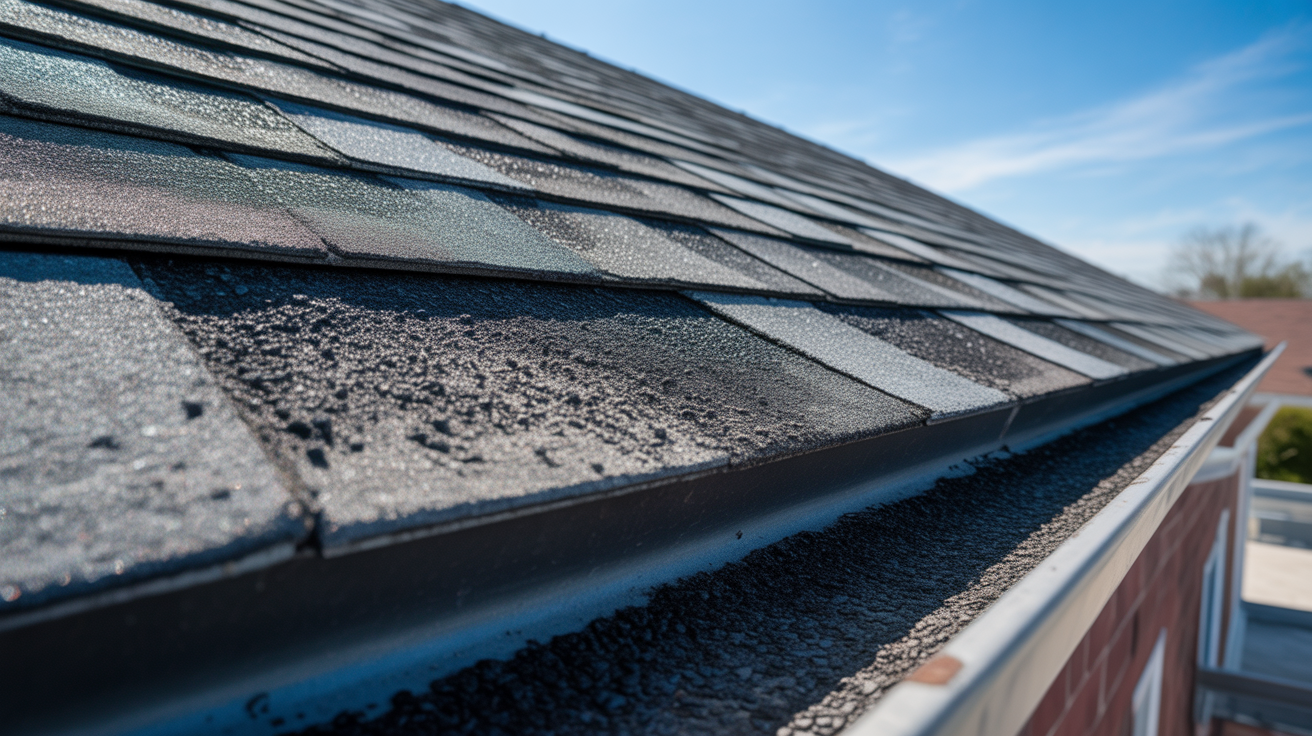
Asphalt shingles are coated with granules that shield them from sun damage.
When shingles start to lose these granules, they become brittle and less effective. Granules may show up in your gutters or at the base of your downspouts.
Excessive granule loss means your shingles are nearing the end of their lifespan.
2. Moisture and Water Damage
Water is one of the most common and damaging elements your roof faces.
Over time, moisture can seep through cracks, broken shingles, or poor flashing. This leads to issues like mold, rot, and damaged insulation.
Even small leaks can cause serious interior problems if ignored. Keeping your roof watertight is key to long-term protection.
Roof Leaks

Leaks can appear anywhere, but they often show up around chimneys, skylights, flashing, vents, or valleys. You might see signs inside your home, such as discolored ceilings or peeling paint.
Storms or ice dams cause some leaks, but others happen because materials are simply aging and losing their seal. Partnering with experts, such as Cincinnati Commercial Roofing, can help regardless of whether you have a residential or large commercial property.
Ponding Water

Flat or low-pitch roofs may collect water instead of draining properly. If you see puddles on your roof after it rains, it could be due to clogged drainage or sagging areas.
Standing water can break down roofing membranes, attract pests, and lead to structural damage.
Flashing Failures

Flashing is a thin metal placed around roof openings to direct water away.
Over time, flashing can corrode, loosen, or crack, especially if installed poorly. Failed flashing is one of the top sources of leaks in modern roofs.
3. Poor Installation or Repairs
Even a brand-new roof can run into trouble if it wasn’t installed the right way. Poor workmanship can lead to gaps, loose shingles, or improperly sealed flashing.
These mistakes often go unnoticed until leaks or drafts start showing up. Unfortunately, rushed or unskilled repairs can create the same issues.
Improper Nailing
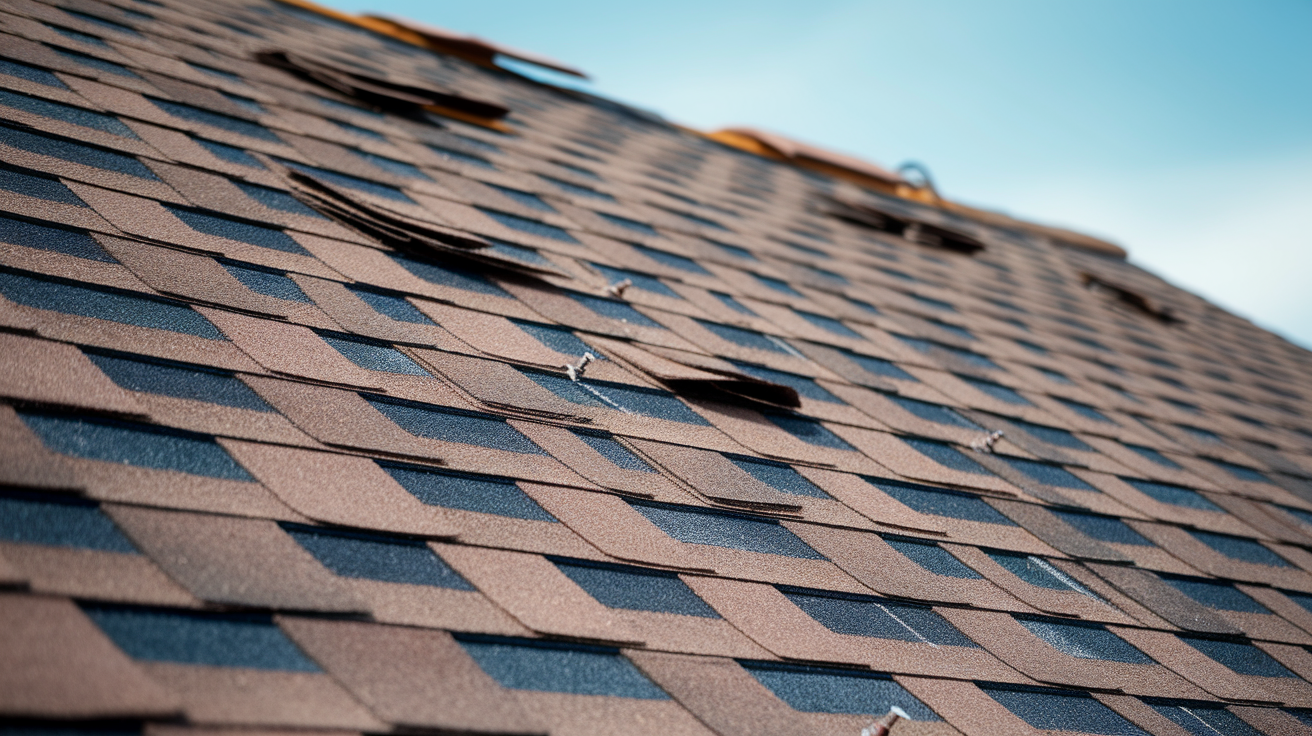
Shingles need to be nailed properly to stay secure. Nails that are too short, driven at the wrong angle, or placed incorrectly can cause shingles to loosen or lift.
Poor nailing leaves your roof vulnerable to wind and water damage.
Faulty Roof Valleys
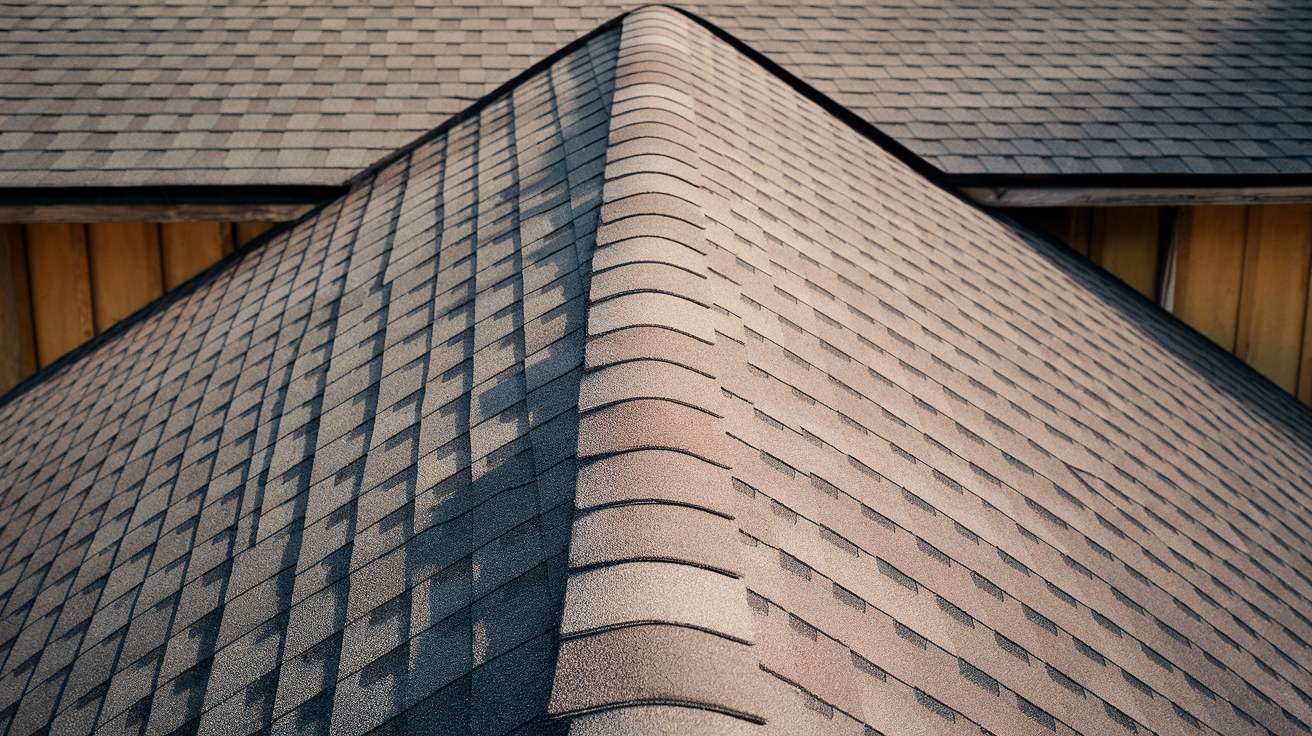
Roof valleys, where two slopes meet, carry a lot of water runoff. If they aren’t shingled or sealed properly, water can slip underneath and damage your roof deck.
Valleys are one of the first places to inspect if you suspect a leak.
4. Structural and Environmental Stress
Roofs aren’t just exposed to the elements; they also bear weight and face unexpected challenges from pests or aging wood.
Snow buildup, fallen branches, or even heavy foot traffic can strain the structure over time. Moisture can seep into weakened areas, accelerating decay and leading to rot.
Insect infestations or shifting foundations can further compromise the roof’s integrity if left unaddressed.
Sagging Roof Deck
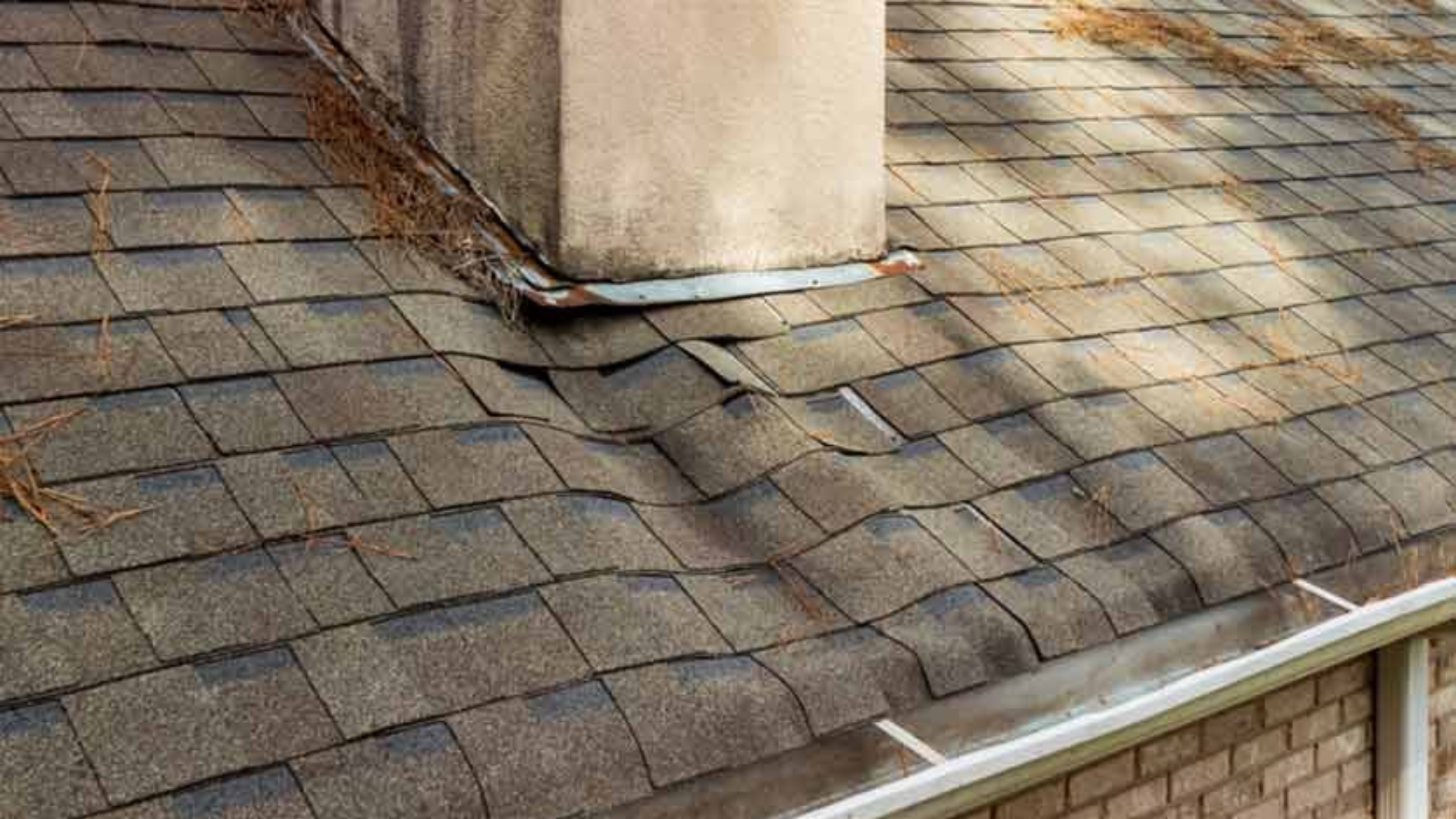
If your roof looks uneven or dips inward, it may be sagging due to moisture damage, overloaded weight (from snow or debris), or weakened support beams.
A sagging roof is a serious safety concern and needs to be checked by a professional immediately.
Pest and Animal Damage

Birds, raccoons, squirrels, and even insects can cause damage to roofing materials.
They may create entry holes, tear up insulation, or build nests that block airflow. Check for signs like gnawed wood, droppings, or rustling sounds in the attic.
5. Ventilation and Insulation Issues
Even if your roof looks perfect from the outside, hidden issues like poor ventilation or inadequate insulation can cause major damage inside.
Without proper airflow, heat, and moisture can build up in the attic, leading to mold, rot, or warped shingles.
Insufficient insulation also drives up energy costs and stresses your HVAC system. These problems often go unnoticed until they’ve already done harm.
Attic Condensation

Poor airflow in the attic allows warm air to collect, especially in cold weather.
This causes condensation on the underside of the roof deck, which can rot wood and grow mold.
You might spot signs of condensation as wet insulation or musty odors, in the attic.
Ice Dams

In winter, warm air from the attic melts roof snow. As it runs to the eaves and refreezes, it forms ice dams that prevent proper drainage.
Water can then back up under your shingles and leak into your home. Fixing insulation and sealing attic leaks can help prevent ice dams.
Quick Tips to Prevent Roofing Issues
You don’t need to be a roofer to protect your home from damage.
- Check your roof twice a year, ideally in spring and fall.
- Clear gutters and downspouts to prevent water overflow.
- Trim nearby trees to avoid branches scraping your roof.
- Look inside your attic for moisture, mold, or insulation gaps.
- After a big storm, do a visual check for debris or damaged shingles.
- Hire a roofing pro for an annual inspection, especially if your roof is over 10 years old.
Conclusion
Roofing problems are common, but that doesn’t mean they have to be expensive or overwhelming.
Most start off as small, manageable issues that you can catch early if you know what to look for.
By understanding these common roofing problems, organized here by aging, moisture, poor installation, environmental stress, and insulation, you can take better care of your home’s first line of defense.
A quick check today might save you thousands of dollars tomorrow.
If something looks off or you’re unsure, don’t wait; reach out to a trusted roofing contractor for a professional inspection.
A healthy roof means peace of mind, protection from the elements, and a safer, more comfortable home.

